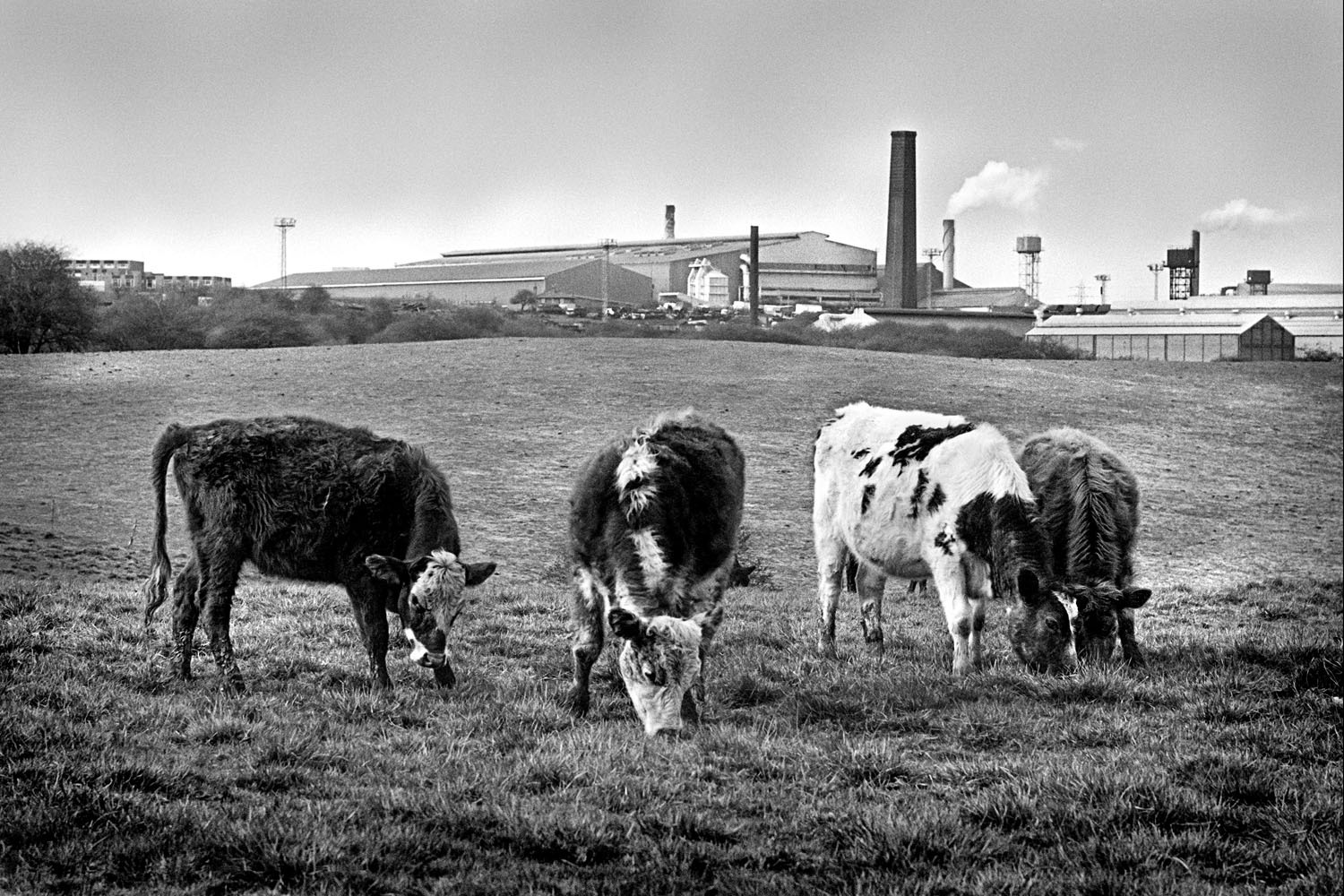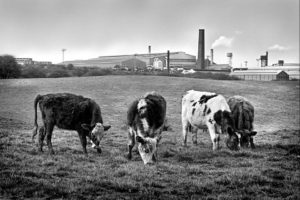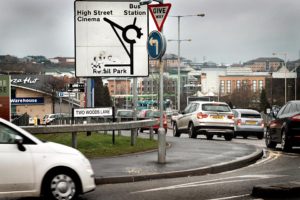When asked by the organisers of my forthcoming exhibition ‘A Time it Was’ to revisit some of the locations and produce current contrasting (or complimentary) images, I ‘thought’ my way around the area, trying to imagine where most change had taken place. Or indeed least change.
Although I visit these places regularly in the course of my work, and am certainly aware of changing landscapes, from industry to commerce, fields to houses, it was only by stopping and framing through the lens that I really had time to study and take in the giant metamorphosis.
We often stop and appreciate the beauty of a seascape or mountain view, and give the occasion some precious minutes of our time.
Rarely do we afford a shopping centre, factory complex or housing estate the same visual consideration.
Probably for good reason.
Solid swathes of low-lying ugliness seem to form our urban landscape today. I don’t suppose that since the Industrial Revolution the West Midlands has ever had a pretty face.
And I’m sure that when huge factories like Round Oak steelworks in Brierley Hill dominated the skyline, there were many people who were unhappy with it’s noise, smoke, and dirt. But it was a major employer, giving generations of families homes, food, and a future. And there was still green space around it, breathing space.
Today we have a massive shopping complex, complete with nearly a dozen car parks, providing a different sort of pollution, and a road system that struggles on every level long before the real rush hour begins. And it is not a thing of beauty. Coloured sheds as big as aircraft hangers, with music.
Two views of the same geographical location from Two Woods Lane, Brierley Hill, but forty years apart.
Progress of a sort, I suppose.


